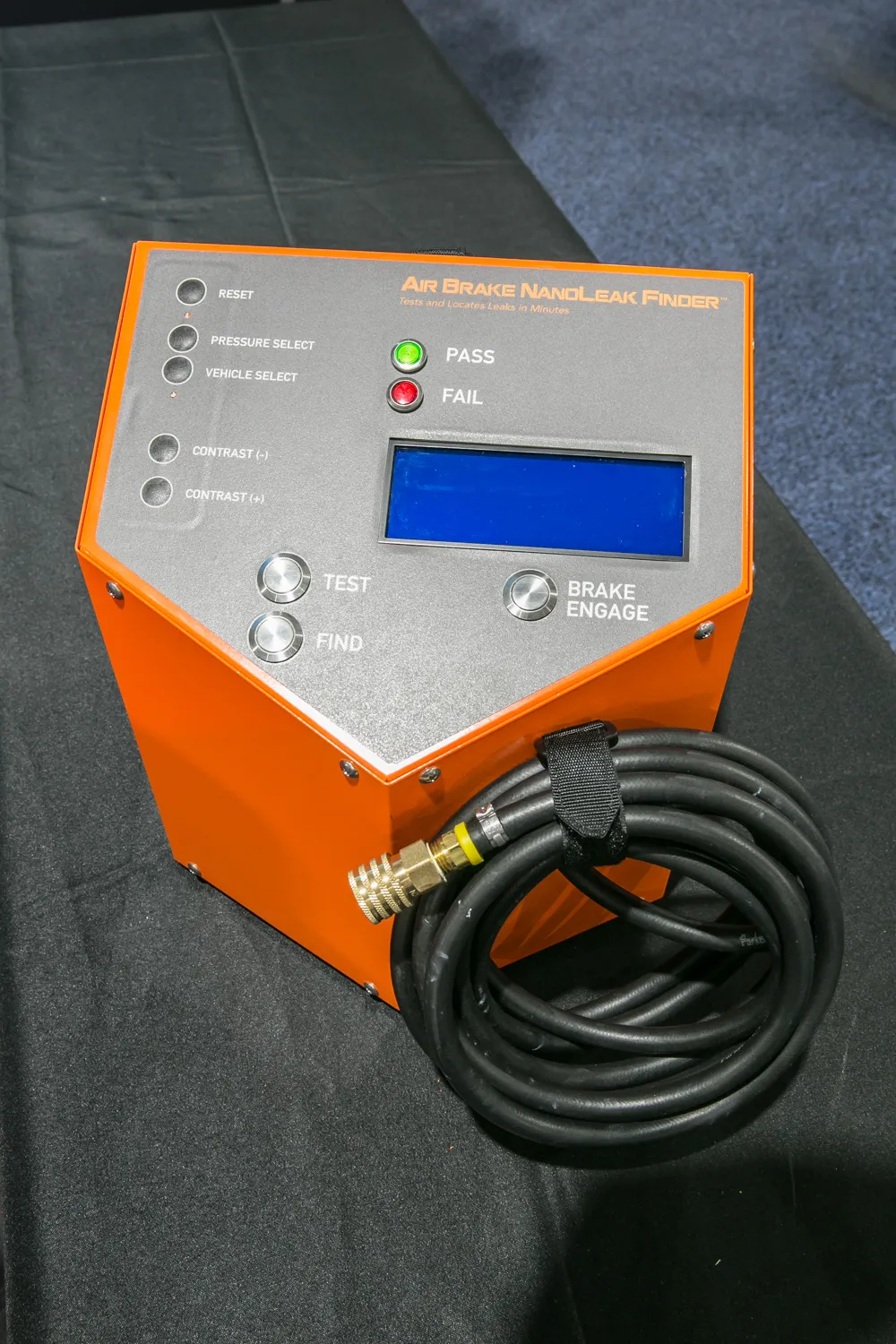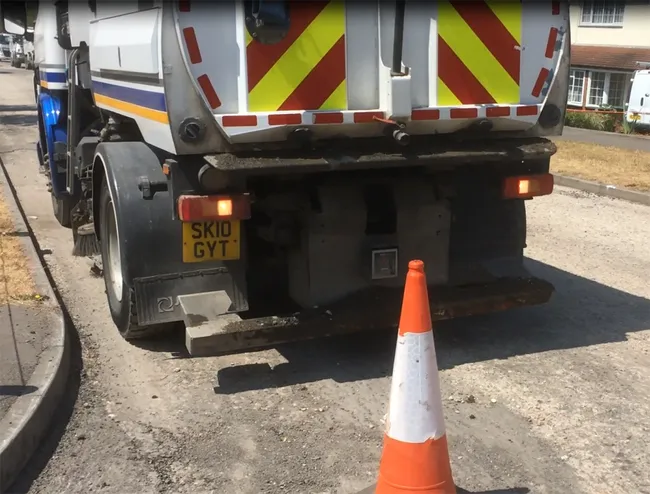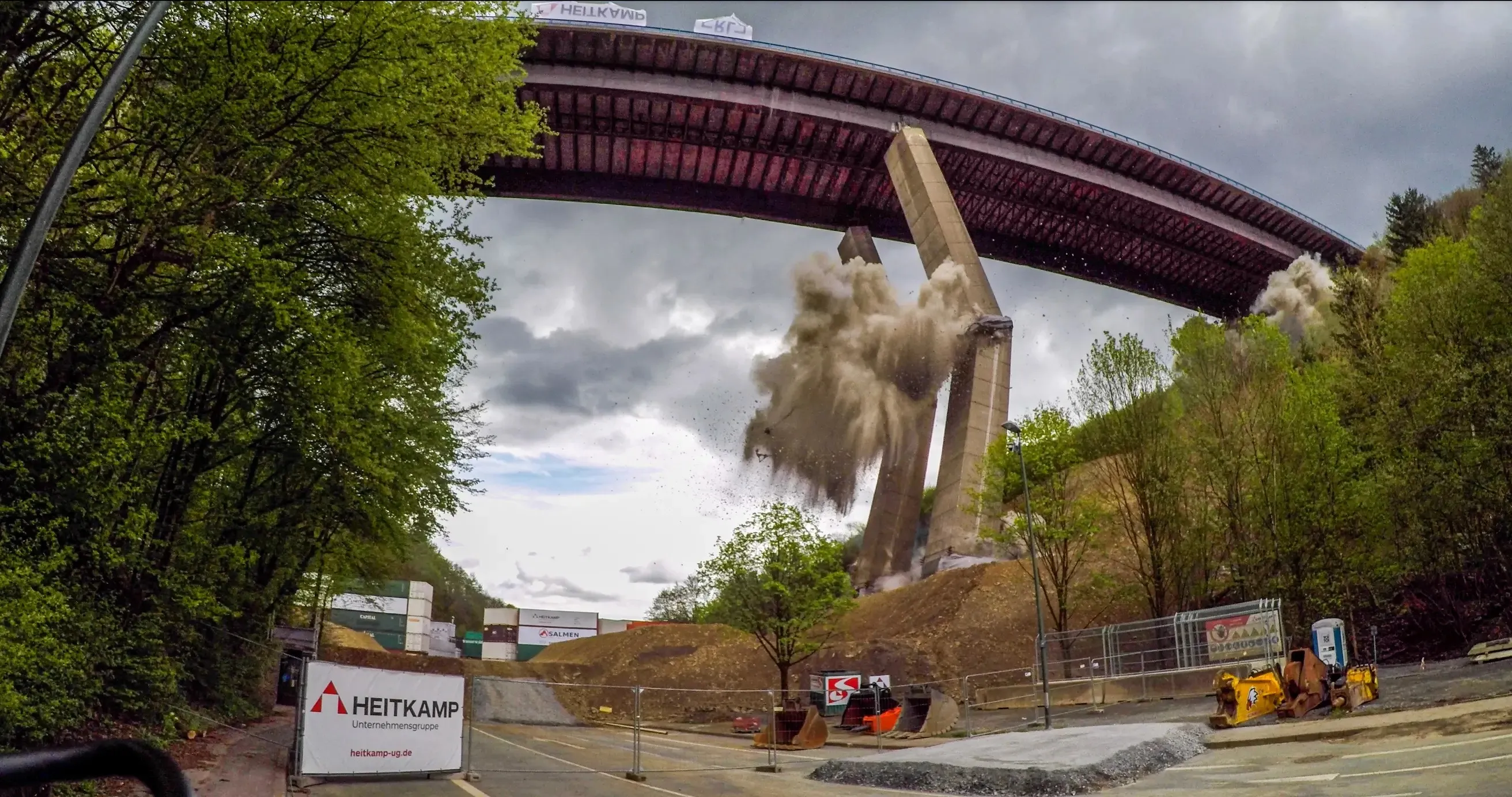
The Air Brake NanoLeak Finder, unveiled Wednesday, allows technicians – for the first time ever – to test for air brake leaks and pinpoint their precise location. It takes only minutes for the finder to discover the leaks.
“The equipment is being used by OEMs to locate leaks in heavy-duty trucks and equipment that would take hours with conventional methods, saving valuable service time and getting trucks back on the road fast,” said Alex Parker, executive vice president of Redline Detection. “This is a very exciting breakthrough for anyone who deals with air brake leaks.”
The patent pending technology in the machine creates a signature vapour that, in conjunction with the hand-held NanoLeak Locator, instantly pinpoints the precise location of air brake leaks. Clear, audible and visual signals speed diagnostics and pinpointing of leaks.
“The equipment improves efficiency, saving valuable hours and marking a dramatic technical advance from conventional, messy, soapy water methods and ineffective listening devices,” the company said.
With a simple, one-minute test cycle the finder will flash a green or red light for pass or fail. The technology is said to work regardless of technician, truck or trailer variables.
Engineered with safety in mind, even a relatively inexperienced technician can quickly and reliably test every vehicle – easily pinpointing the problem and freeing more experienced technicians to make repairs.









